#Pokemon Diamond Pearl and Platinum
Explore tagged Tumblr posts
Text
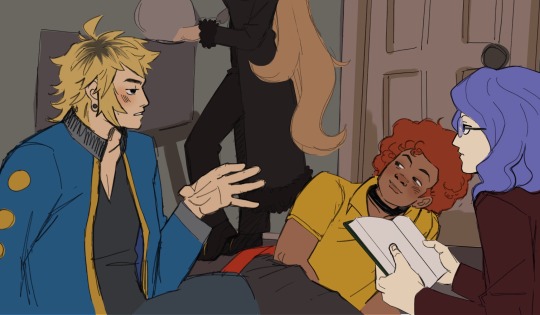
I’ve been sitting on this one for a while and don’t want to be eaten alive if I put it on Instagram
#uhhhhhhhh don’t worry abt the background I will not be redoing it at this time#pokemon#pokemon diamond pearl and platinum#brilliant diamond and shining pearl#BDSP#DPPT#ignitionshipping#flint#oba#volkner#denzi#lucian#goyou#cynthia#shirona#meme redraw#twink boutta pounce#my stuff
275 notes
·
View notes
Text
Cynthia is Volo, Cyrus is Cyllene & Dawn is Akari you can't change my mind
Arceus Shenanigans meant that post-DPPT Dawn was sent back to Hisui, only to almost immediately run into pre-transition Cyllene & Volo (they stole each other's genders)
Meanwhile, back in modern day Sinnoh, Cynthia & Cyrus keep punting each other off of Mount Coronet for 'that one time you tried to create a new world and fistfight god'
potential timetravel shenanigans:
Cynthia: oh god why. Volo: :( Cyrus: *dying on the floor* Akari/Dawn: *punts Cyrus off the mountain because he can definitely take it, but Volo hasn't fist-fought god yet so he can only probably take it* Cyrus: *after being psychic'd back up to the top by the Alakazam I was entirely convinced he had until I looked up his team* yeah that's fair. Cyllene: ....?
#pokemon#pokémon#pokemon dppt#pokemon diamond and pearl#pokemon diamond pearl and platinum#pokemon legends arceus#pokemon akari#pokemon dawn#pokemon volo#pokemon cynthia#pokemon cyllene#pokemon cyrus
32 notes
·
View notes
Text
Rotom
Rotom (#479)
Rotom rotom
General Information: A strange and mysterious Pokémon, this electric/ghost-type are mischievious pranksters who love to inhabit machines. These mechanical possessions are often the source of their pranks, which begs the question, what did Rotoms do for fun before humans invented machines?
A standard Rotom is about 1 foot (0.3 M) tall and weighs about 0.7 pounds (0.3 kg).
Note to Players: Rotoms can possess electronic devices and machines, which often gives them a new secondary typing (replacing their ghost-typing) based on what they’ve possessed.
Official Secondary Forms:
Unofficial Secondary Forms: Whatever your imagination can come up with!
Habitat: Rotoms used to only be found in places with strong electrical charges and caves, but in recent decades have been seen more and more in human environments and taking over our machines for the shits and giggles of it. Nowadays, Rotoms are really only ever going to be found living with or around humans, and they’ve been electronic nuisances ever since!
Life Cycles: They certainly come from eggs, but they hatch fully independent and require no parental care. These eggs incubate for about a year before hatching, and are buried deep into crevices of caves and mountains where hopefully no one will find it. Rotoms spend the first year or two of their lives learning to find sources of spirit energy and electricity that they can feed upon, and in time find other Rotoms or other members of the Amorphous egg group that they can mate with. Mating rituals include giving their love interest a magnetic rock. Unfortunately, Rotoms are difficult to study in the wild and are most commonly seen in captivity or in laboratory settings, so not much is known about the intricacies of their life cycles. They seem to reproduce at level 15 like most Pokémon.
Rotoms are eaten by anything that eats ghost-type Pokémon, including and especially Palossands and Dusknoirs.
Behavior: Rotoms are incurable pranksters when left to their own devices.
Diet: Static electricity and latent spirit energy.
Conservation: Least Concern
Relationship with Humans: Pop culture icons of the digital age, Rotoms are the leading symbol of science and technology—even though they’re often not-so-harmless nuisances to researchers everywhere. Their history is an enigma; they don’t leave fossils and accounts of them only go so far back. It’s uncertain if Rotoms are a modern species that came about because of humanity’s technological advances or if they already existed and happened to also be great at adapting to human technologies. There are conflicting viewpoints on this, but ultimately, there’s no clear-cut answer. Many scientists enjoy keeping Rotoms.
As for their involvement in the sciences, in more near-future timelines Rotoms are increasingly utilized in machines and electronics for advancements in technology. Whether your specific campaign utilizes Rotom Technology or not, is up to you.
Classification: Rotom is not considered closely related to any other ghost-type Pokémon, so it defines, taxonomically, what it means to be a Rotom.

~~~~~~~~
Hey guess what, if you like my stuff, this is my website where you can find other Pokémon I've written on and more information about the game that I’m slowly making! Check it out! I write books sometimes too.
#rotom#pokemon#pokemon biology#pokemon biology irl#pokemon tabletop#pokemon irl#pokemon biology irl tabletop#homebrew#ttrpg#tabletop#tabletop homebrew#frost rotom#pkmn#heat rotom#mow rotom#wash rotom#fan rotom#sinnoh#pokemon dppt#pokemon platinum#pokemon diamond and pearl#pokemon diamond pearl and platinum#pokemon gen 4#gen 4 pokemon#sinnoh dex#sinnoh pokemon
6 notes
·
View notes
Text
DPPT night themes: A few instruments change, maybe a different tempo, but very chill vibes
PLA night themes: You are alone in the wilderness and danger is constantly looming, remember your own mortality because you might not make it to daybreak
6 notes
·
View notes
Text
Song: Champion Cynthia Encounter Artist: Go Ichinose From: Pokemon Diamond, Pearl, & Platinum
Listen on Youtube:
youtube
#series: pokemon#pokemon diamond pearl and platinum#pokemon dppt#go ichinose#archived song#closed vote#video games#video game music#music poll#audio poll#Youtube
4K notes
·
View notes
Text

Why did Game Freak remove this feature?
#pokemon#nintendo#ds#gaming#video games#nintendo ds#pokemon diamond#pokemon pearl#pokemon platinum#sinnoh#retro#2000s#00s#funny#lol#humor#meme#gen iv#gen 4#pokemon bdsp#pokemon brilliant diamond#pokemon shining pearl#switch#nintendo switch#nostalgia#nostalgic#2000ish#retrogaming
34K notes
·
View notes
Text

I used to enjoy Pokemon games a lot, but lately some of the newer entries have been kinda controversial due a variety of issues.
But instead of focusing on that, i'm here to bring you back to the past to the Nintendo DS era of Pokemon, where many (myself included) would say that the quality and care of the series was at it's peak!
Games included in this collection:
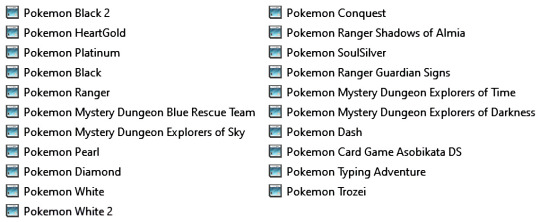
EVERYONE IS HERE!! Every single Pokemon game released for the Nintendo DS is featured in this pack. Two emulators are included in the set, just download and play
Download here!! (1.25 GB): https://drive.google.com/file/d/1jGy0GHSDwSLIuGnUrdmsD3WY_AJiq5ws/view?usp=sharing
Mirror download: https://www.mediafire.com/file/8qw75h4ij9asbte/Pogeymon_DS_Collection.rar/file
Hooray for 65k notes!!!
#pokemon#nintendo#gaming#retro gaming#resource#reference#Nintendo ds#pokemon heartgold#pokemon platinum#pokemon black and white#pokemon bw#pokemon hgss#pokemon dppt#pokemon diamond and pearl#pokemon black 2#pokemon b2w2#pokemon mystery dungeon#pokemon ranger#pokemon ranger shadows of almia#pokemon ranger guardian signs#pokemon conquest#pokemon explorers#pmd#pmd eos#pmd explorers#pmd sky#blue rescue team
11K notes
·
View notes
Text

using action replay✨
#me and the bad bitches i pulled by CHEATING#gonna call it quits on this one i've worked on it too long#art#fanart#lineless art#pokemon#pkmn#pkmn fanart#pokemon diamond and pearl#pokemon platinum#trainer dawn#arceus#darkrai#shaymin#manaphy#manaphy egg#missingno#action replay#gen 4#sinnoh#glitches#pokemon glitches#pokemon dppt#nintendo ds#pokemon brilliant diamond and shining pearl#pokemon bdsp
5K notes
·
View notes
Text

1K notes
·
View notes
Text

[DP] Cynthia has a Christmas gift for you… 🎁💛
#artists on tumblr#digital art#my art#nintendo#pokemon#cynthia#cynthia pokemon#pokemon diamond and pearl#pokemon platinum#christmas gift#gift#fanart#pokemon fanart
1K notes
·
View notes
Text





Favorite morons alert!!!


Plus some aged up vers of these goofballs Inspired by my weird unfinished Barry wig
#pokemon#submas#pokemon submas#subway master emmet#subway boss emmet#subway master ingo#subway boss ingo#subway bosses#pokemon dppt#pokemon diamond#pokemon dia#pokemon pearl#pokemon platinum#clingyshipping#trainer barry#pokemon barry#rival barry#pokemon lucas#trainer lucas#pokemon bdsp#pokemon bw#pokemon black and white#unova#sinnoh#pokemon legends arceus#legends arceus
1K notes
·
View notes
Text
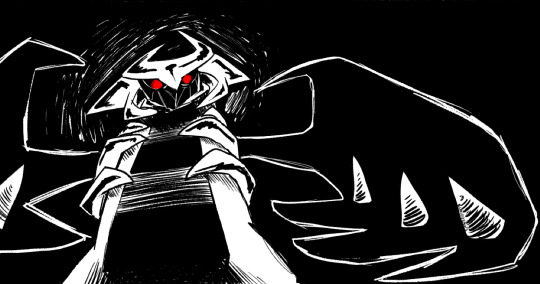
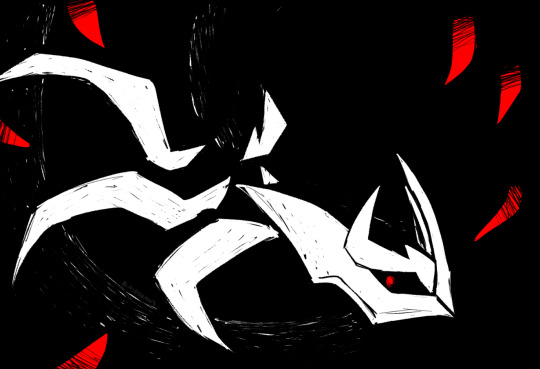
some giratina drawings. love this animal
5K notes
·
View notes
Text
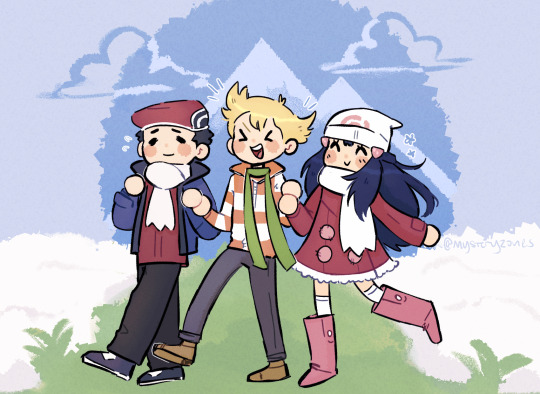

sinnoh sillies 🌀🌟🩷
#pokemon#pokemon fanart#pkmn#pkmn dppt#pokemon platinum#pokemon diamond and pearl#trainer dawn#trainer lucas#trainer barry#pokemon dppt#dppt#cute#digital art#artists on tumblr#🖼️#digital drawing#i still like this so i will post it until i dont#mez art
892 notes
·
View notes
Text

Barry strikes me as the kind of kid who would Naruto Run. I was that kid except I was imitating Sonic the Hedgehog and Fox in Brawl and not Naruto.
#pokemon#fanart#comic#nematodeneedles#barry#dawn#pokemon diamond and pearl#pokemon platinum#pokemon bdsp#sinnoh#artists on tumblr
716 notes
·
View notes
Text

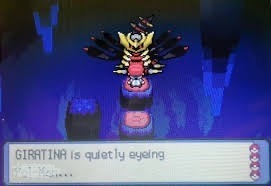
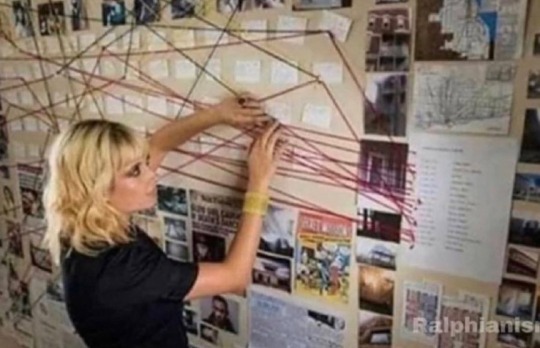
The idea of Giratina remembering the main character even after 130 years...
#pokemon#pokemon arceus#pokemon legends arceus#pokemon la#pokemon legends#volo#volo pla#volo pokemon#cyrus pokemon#dawn pokemon#akari pokemon#hikari pokemon#legendary pokemon#pokemon platinum#pokemon dppt#pokemon diamond#pokemon pearl#sinnoh#sinnoh region#hisui#giratina#nintendo#meme#headcanon
602 notes
·
View notes
